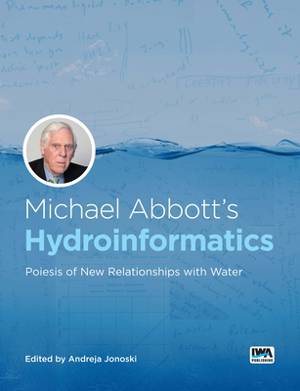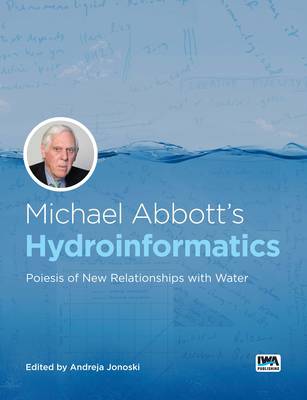
- Afhalen na 1 uur in een winkel met voorraad
- Gratis thuislevering in België vanaf € 30
- Ruim aanbod met 7 miljoen producten
- Afhalen na 1 uur in een winkel met voorraad
- Gratis thuislevering in België vanaf € 30
- Ruim aanbod met 7 miljoen producten
Zoeken
Michael Abbott's Hydroinformatics: Poiesis of New Relationships with Water
Paperback | Engels
€ 160,95
+ 321 punten
Omschrijving
Hydroinformatics was established 30 years ago as a novel discipline in which computer modelling of water was combined with novel developments of Informational and Computational Technologies for purposes of introducing new and different approaches to water engineering, management, and decision support. The late Professor Michael B. Abbott is widely recognized as founding father of this field. The book will present the original ideas about the field of hydroinformatics, primarily presented in the works of Abbott, together with critical assessment of its current developments. The first chapter will introduce a general re-visit of the motivations and ideas for establishing the field of hydroinformatics, together with an assessment of current research and practice regarding the extent and characteristics that relate to the original ideas introduced by Abbott. Six following chapters will have more or less the same structure, each addressing a particular aspect of hydroinformatics, as follows: computational hydraulics and its role in establishing hydroinformatics, integration of artificial intelligence and computational hydraulics, hydroinformatics impact on hydrology, transformations of water professions and businesses by hydroinformatics, the role of hydroinformatics in realizing water-related social justice, and evolution and key characteristics of hydroinformatics education. Each chapter will be related to already published works of Abbott. All chapters are written by contributors who were past collaborators with Abbott and are still active in the field of hydroinformatics. The book will be a tribute to Abbott's contributions to hydroinformatics, and it will provide an assessment of the current status of the field perceived from within the context of Abbott's original ideas.
Specificaties
Betrokkenen
- Uitgeverij:
Inhoud
- Aantal bladzijden:
- 350
- Taal:
- Engels
Eigenschappen
- Productcode (EAN):
- 9781789062649
- Verschijningsdatum:
- 15/12/2022
- Uitvoering:
- Paperback
- Formaat:
- Trade paperback (VS)
- Afmetingen:
- 156 mm x 234 mm

Alleen bij Standaard Boekhandel
+ 321 punten op je klantenkaart van Standaard Boekhandel
Beoordelingen
We publiceren alleen reviews die voldoen aan de voorwaarden voor reviews. Bekijk onze voorwaarden voor reviews.










